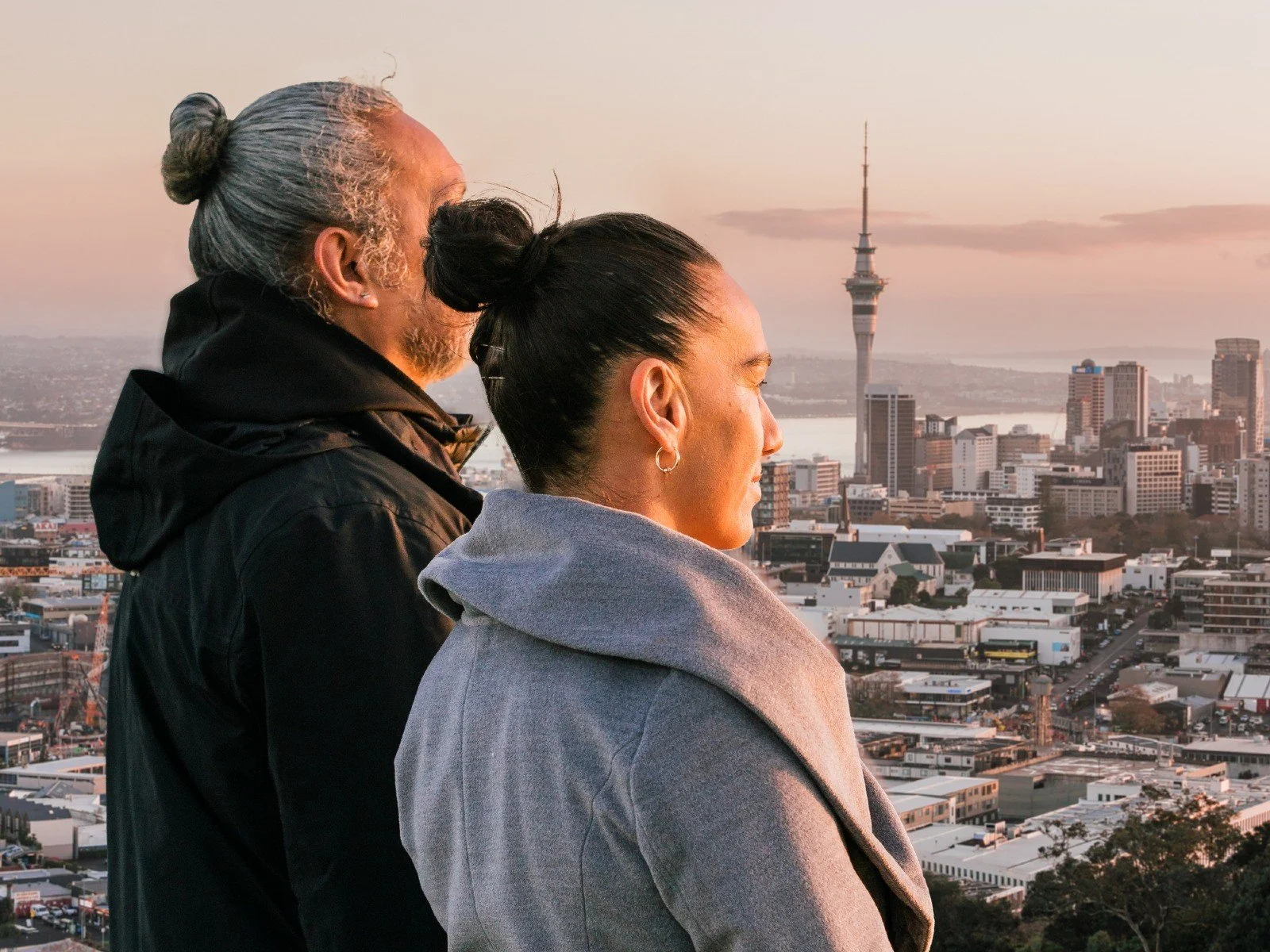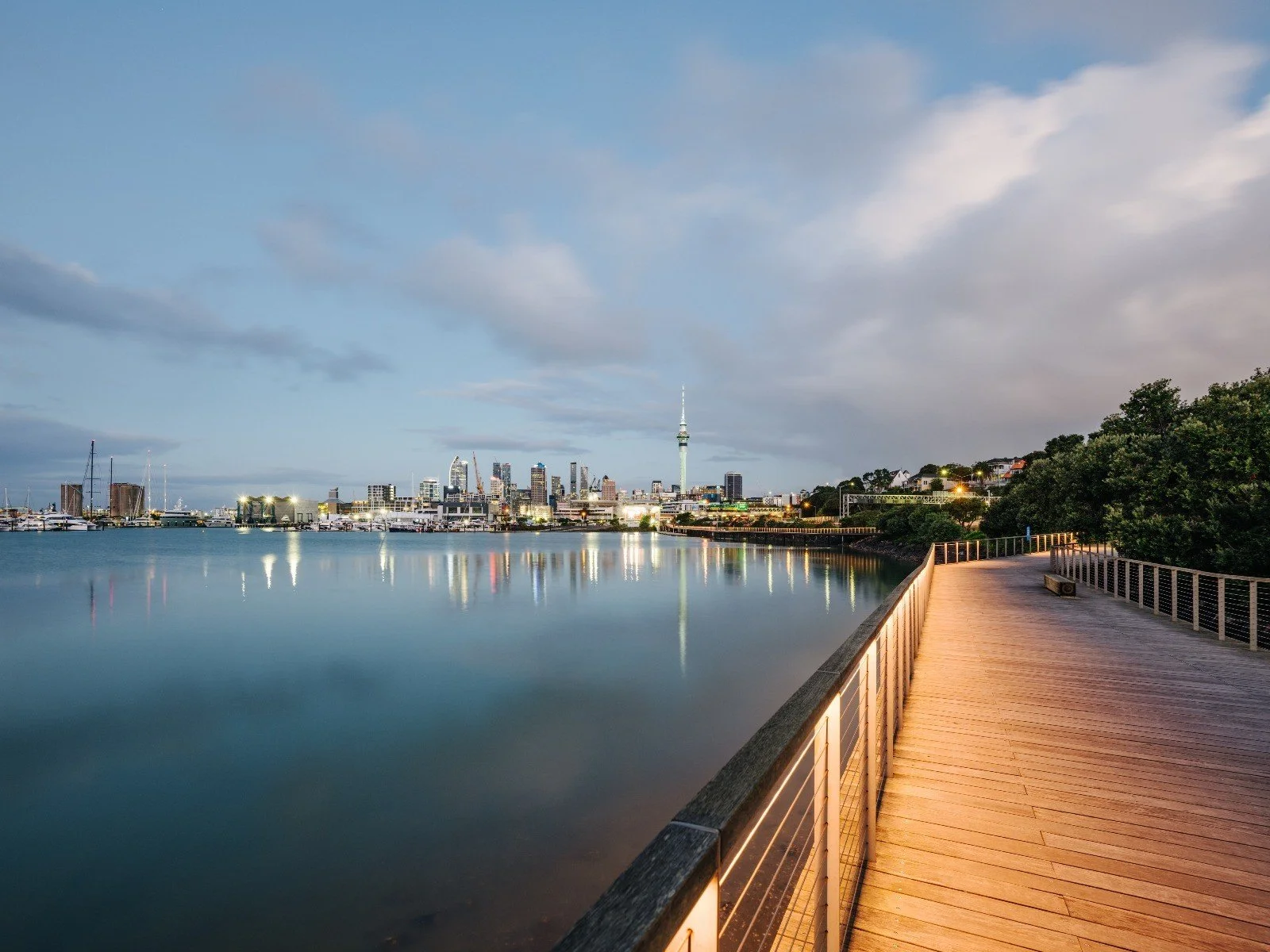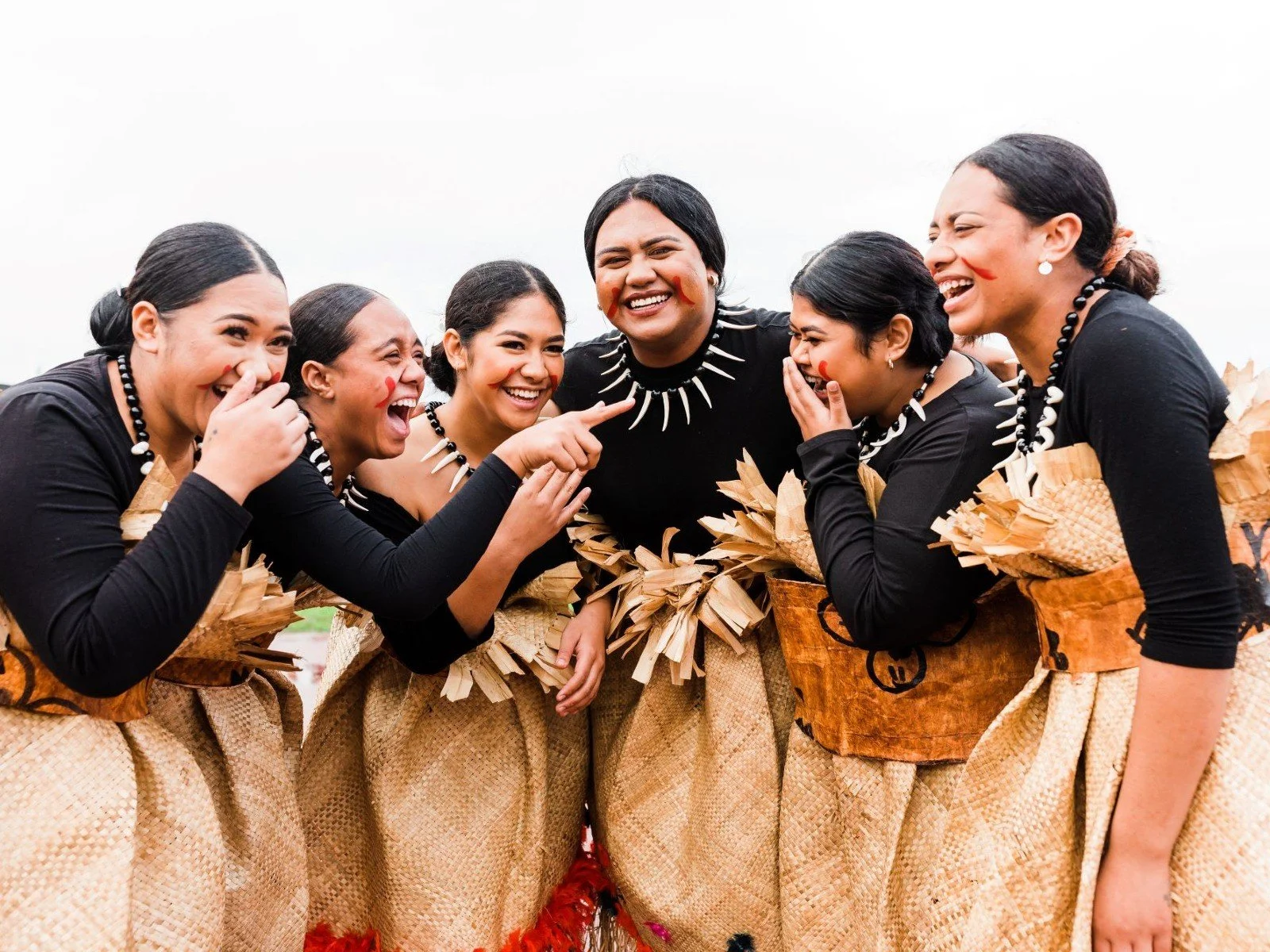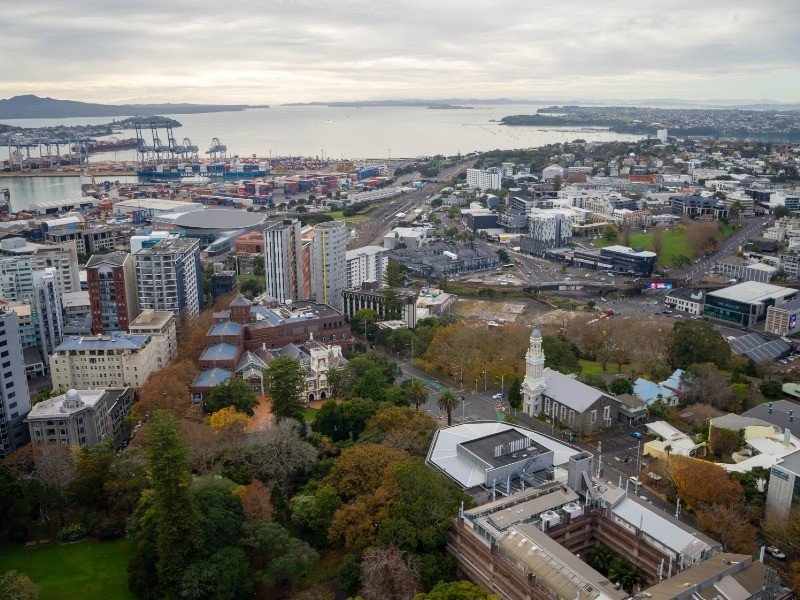
COMMUNITY
Who lives in Auckland
Auckland and rest of New Zealand population growth
Auckland’s population distribution by age and gender (2023)
Auckland contains 33% of New Zealand’s population. Although ageing, it is more youthful than the rest of New Zealand.
One third of New Zealanders live in Tāmaki Makaurau Auckland and this is projected to increase in the future. The region’s estimated population was 1.74 million in 2023, and population growth had been slightly outpacing the rest of New Zealand before COVID-19.
Auckland’s population saw an unprecedented decline during the pandemic but grew again considerably in 2023. Overall, the region now has more people than it did pre-COVID.
Auckland’s population is younger than the rest of New Zealand’s, although like many western societies, it is ageing. Between 2018 and 2023, there was an increase in the population aged over 65, and a decrease in those under 10.
-
An estimated 1,739,000 people lived in Auckland in 2023, 33% of the New Zealand population of 5,223,100.4
Auckland’s population grew by 2.8% from 2022 to 2023.
The strong population growth in 2023 was driven by record levels of net migration, and followed two years of unprecedented population decline primarily due to border closures.
Auckland’s net migration for the year to June 2023 was estimated to be 47,800, while natural population growth was 10,400.
The rest of New Zealand is less reliant on migration than Auckland.
4. Note that the StatsNZ Estimated Resident Population (ERP) is not directly comparable with the Census usually resident population count because of a number of adjustments.
-
The median age of Aucklanders in 2023 is 35.9.
By comparison, New Zealand’s overall median age is 38.1, and Wellington’s is 37.9.
Auckland has a young population, but it is ageing.
In 2023, 19.2% of people in Auckland were 0-14 years old, and 13.3% were over 65.
In 2018, the corresponding values were 20.0% and 12.0%.
The number of people aged 65+ increased by over 30,000 from 2018–2023, while the number of people aged 0-9 decreased by 7000.
The proportion of Auckland’s population that is working age (67%) is higher than the rest of New Zealand (63%).
Source: Infometrics Regional Economic Profile
Ethnic diversity
Auckland region population – census count
Tāmaki Makaurau Auckland is one of the most diverse cities in the world, with 180+ ethnicities and over 40% of the population born overseas.
Population growth has primarily been driven by migration from Asia in recent decades. This was constrained during COVID due to border restrictions, with a resulting unprecedented decline in the population.
Auckland is the world’s largest Polynesian city, with New Zealand’s largest Māori population and over 275,000 Pacific peoples. Auckland’s Māori and Pacific population is relatively youthful compared to the rest of the country, and the region’s Māori and Pacific rangatahi (youth) will make up a larger proportion of the workforce in the future.
-
Auckland is home to 180+ ethnicities, making it one of the most diverse cities in the world.
Over 40% of residents were born overseas, much higher than the rest of New Zealand (21%).
Over half of New Zealanders who are born overseas live in Auckland (despite Auckland accounting for only 33% of the total population).
There are over 275,000 Pacific peoples in Auckland, 17% of the total regional population.
Auckland’s Māori population now exceeds 200,000, 12% of the total regional population.
The largest non-European ethnic group in Auckland is Asian, with over 500,000 people. Chinese, Indian, Filipino and Korean are the biggest Asian communities.
The proportion of the population which is European is decreasing (from 59% to 50% from 2013 to 2023).
-
Immigration from Asia, particularly China, India and the Philippines, has driven Auckland’s population growth in recent decades.
Net international migration was negative during COVID but recovered strongly to reach record levels in 2023 (47,800).
Māori and Pacific peoples are significant contributors to natural population growth, accounting for nearly half of births in Auckland over the last 5 years.
Auckland has been losing a net average of over 12,500 people per annum to regional New Zealand over the last five years. Data suggests this negative internal migration trend may go back as far as 2007.
The largest internal migration outflows are to Waikato and Northland. Those leaving Auckland tend to relocate in neighbouring regions.
Source: Infometrics Regional Economic Profile, New Zealand 2023 Census
Auckland Economic Monitor
A summary of key economic information about the region
Auckland’s economy: What’s changed?
Deep dives
Cost of living
Inflation reached levels not seen since the 80s in 2022 and remains above historical levels.
Investment & trade
Auckland plays a significant role in the country’s investment and trade landscape.
Auckland’s industrial employment areas
Trends over the last two decades.













